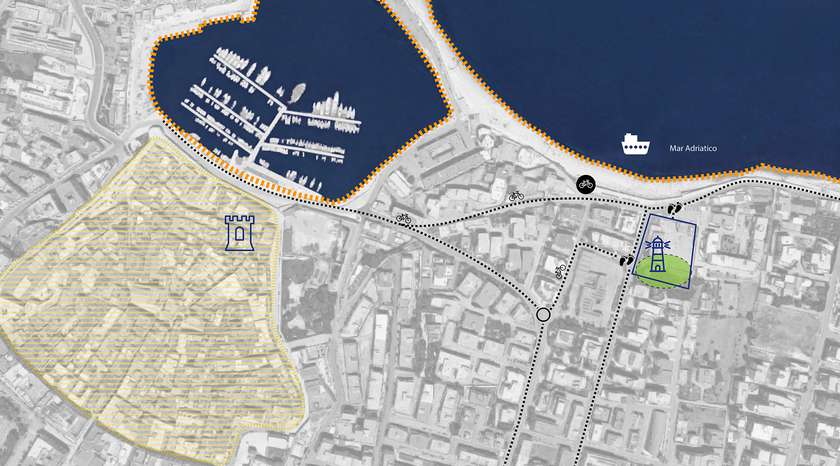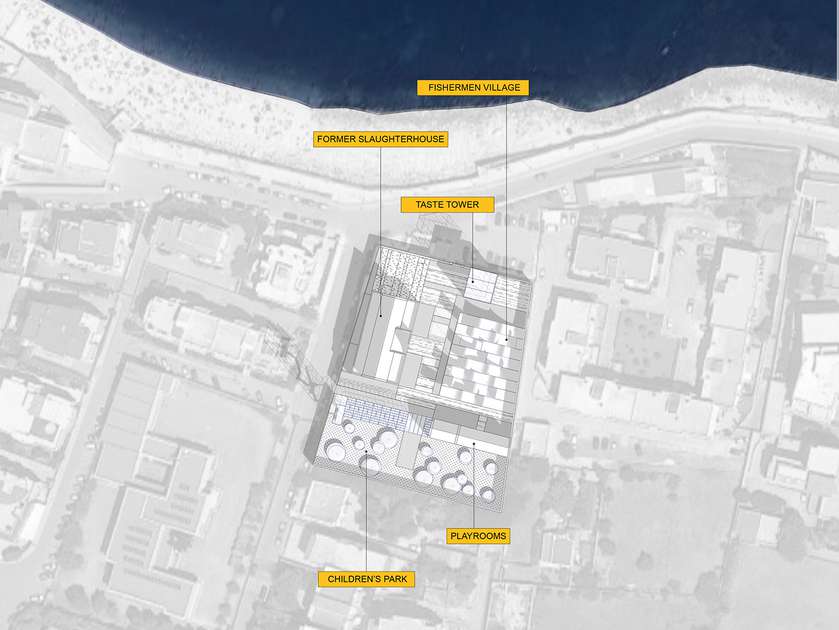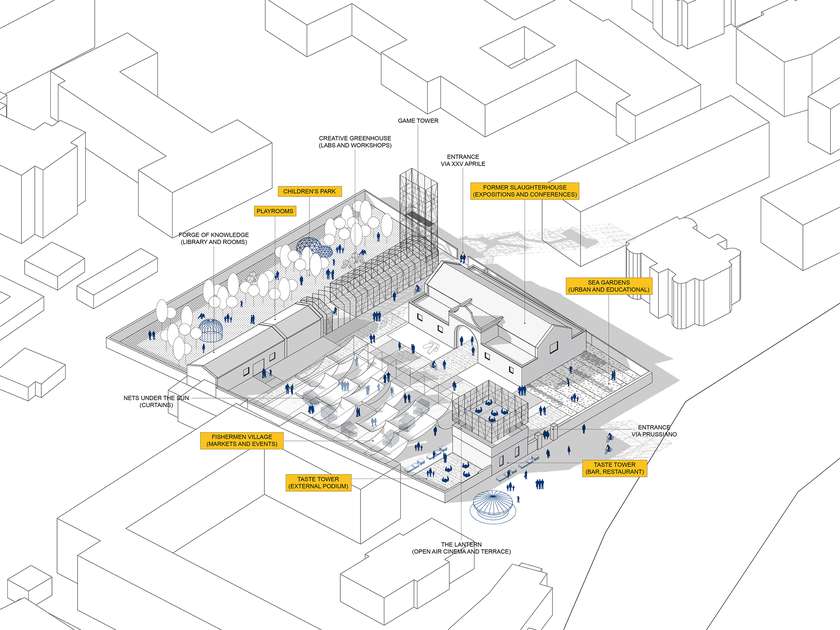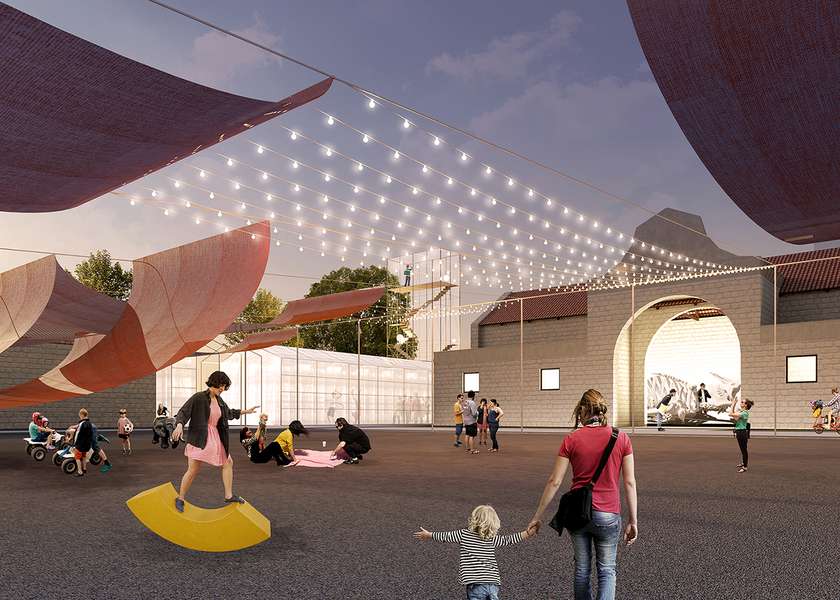Idea by
Gabriele Berti, Domenico Fogaroli, Margherita Gavazzi, Elisa Perego
Cre.ta
Call for ideas 2018
Defining emptiness
Defining emptiness
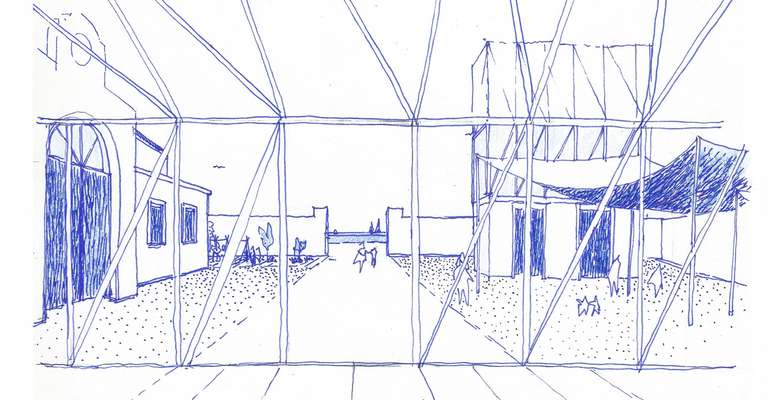
Regenerating urban voids and built environments is a contemporary necessity. A method to give a response to the problem is defining spaces without borders, in order to build urban polarities, even if empty.
Urban polarities are essential nodes for the society. When they are voids, such as squares or markets, they become accessibile for the whole community, even the most fragile. Emptiness and lack of borders are seen as tools, instead of problems, so future architecture should try to build public void spaces instead of closed volumes. Architectural interventions should become slight, flexible in time, similar to ephemeral architecture and merged with the context .
Suburbs represent the perfect testing ground for this approach since they are the classical example of urban built space without a definition and identity.Building open urban spaces in fragile suburbs means improving social equality and coming back to public interest, which is the real challenge of future architecture.
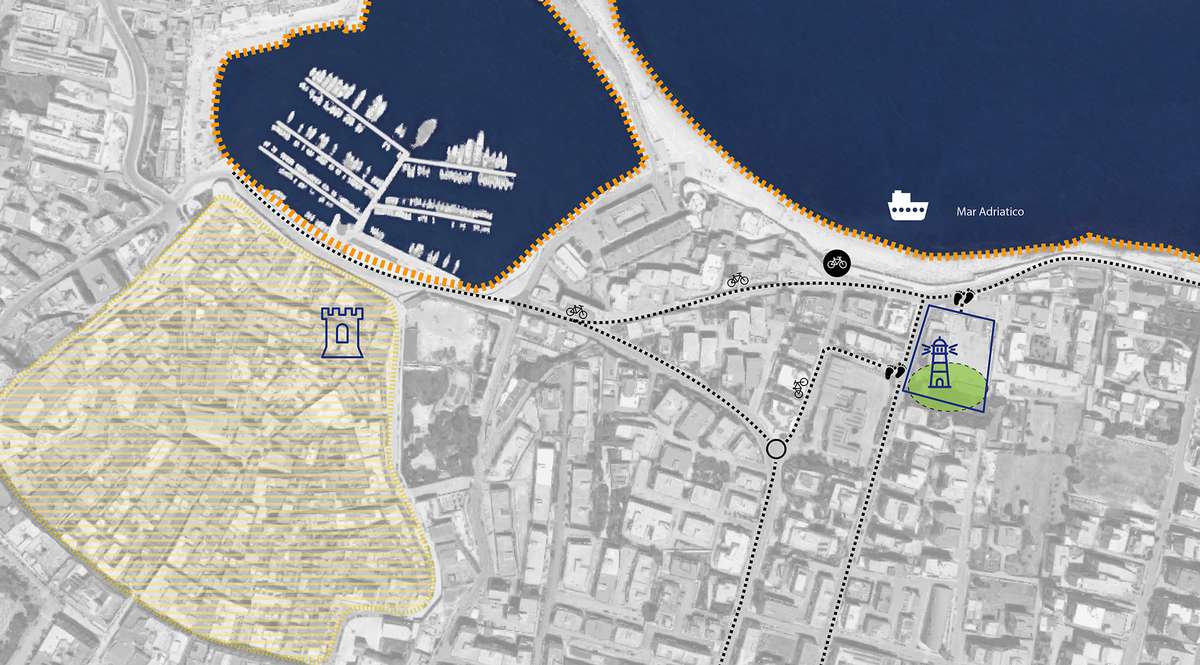

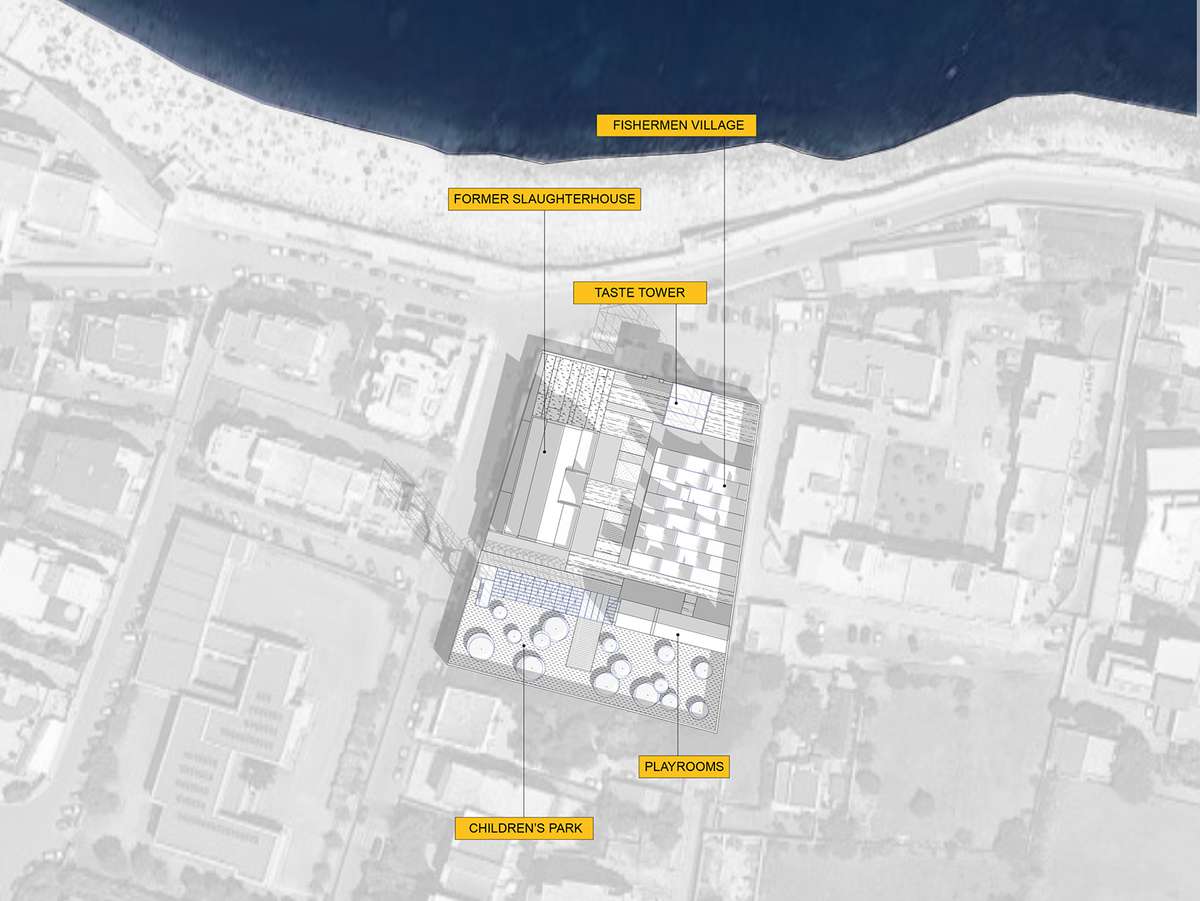

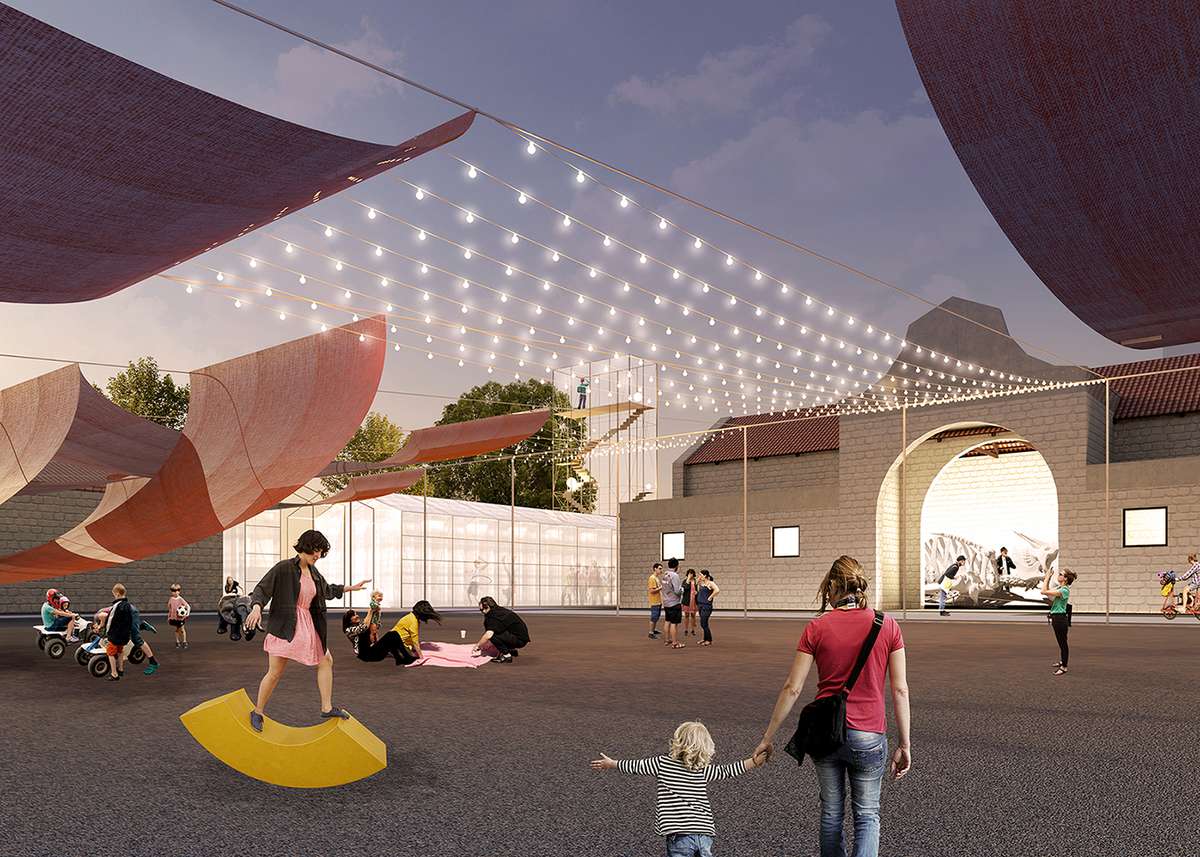
Defining emptiness
Defining emptiness

Regenerating urban voids and built environments is a contemporary necessity. A method to give a response to the problem is defining spaces without borders, in order to build urban polarities, even if empty.
Urban polarities are essential nodes for the society. When they are voids, such as squares or markets, they become accessibile for the whole community, even the most fragile. Emptiness and lack of borders are seen as tools, instead of problems, so future architecture should try to build public void spaces instead of closed volumes. Architectural interventions should become slight, flexible in time, similar to ephemeral architecture and merged with the context .
Suburbs represent the perfect testing ground for this approach since they are the classical example of urban built space without a definition and identity.Building open urban spaces in fragile suburbs means improving social equality and coming back to public interest, which is the real challenge of future architecture.
